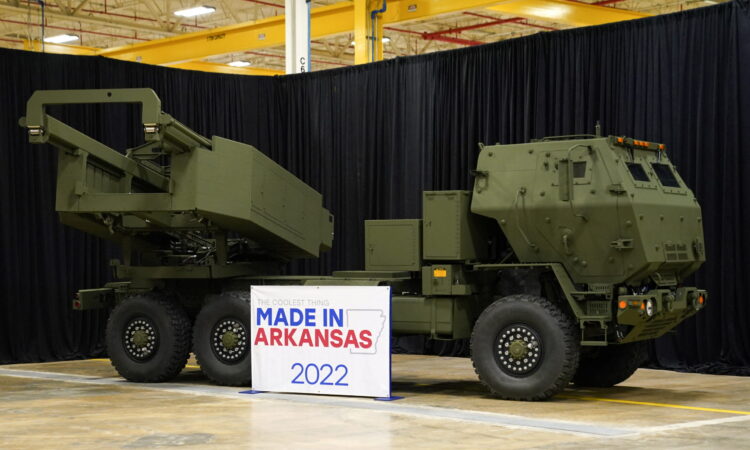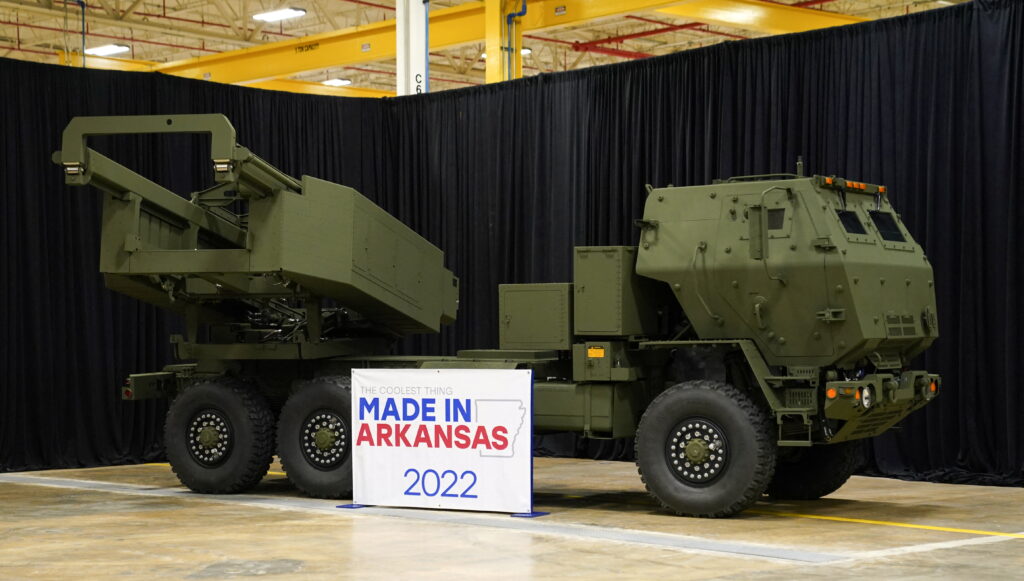
Many in the United States calling for more aid to Ukraine seem to base their decision on multiple factors. It’s less that one factor alone is decisive, and more that, taken together, they amount to a holistic case for support. In Ukraine, they point out, Russia is causing unspeakable destruction, and Ukrainian forces are asking for help to defend themselves against a brutal aggressor. Beyond Ukraine, they add, Russia’s invasion has broken important international norms and therefore represents a threat that extends much farther than Europe.
Contrast this approach with many of those who oppose more aid to Ukraine, including several prominent US politicians. They often focus on one decisive factor: Continuing aid is simply too costly, they say. It is true that aid to Ukraine has a cost. However, this position overlooks the potential benefits at home that outweigh the costs. US assistance to Ukraine has the potential to strengthen both US economic and national security.
As the protracted war continues to strain Russia’s arsenal and weaken its military posture, US arms exports to Ukraine are stimulating the US economy and boosting its global arms leadership. In addition, the war is generating invaluable intelligence on Russian tactics, which is helping to refine the United States’ and NATO’s defense strategies, facilitating a real-world testing ground for US weapons systems beyond the simulation and wargaming on which the Department of Defense’s modernization efforts typically rely. In essence, aiding Ukraine is “not only a good deed. It’s also a good deal,” as Polish Foreign Minister Radosław Sikorski aptly stated recently at the Atlantic Council.
Economic impacts
The defense industry is inherently driven by the needs of conflict and deterrence. This often leads to increased production during periods of heightened tensions, as seen with the recent surge in revenue for major defense contractors (upward of 25 percent). The military-industrial complex also injects significant capital into local economies, creating jobs in manufacturing as well as in the restaurants, retail shops, and other businesses that make up the communities around the manufacturing plants.
A map published by the Department of Defense showcases the impact of the Ukraine Security Assistance program on US industry as of January 15. It depicts the value of defense contracts awarded to companies in each state, which amounts to $33.6 billion and counting. The interactive map below builds on this data to showcase an alarming correlation between the states benefiting most from this funding and how many of their representatives voted against the Ukraine funding bill last fall.
Republican Senator Ted Cruz voted against a $95 billion foreign aid package, which included $60 billion of aid for Ukraine, in February, calling it a “bad bill.” He opposed the bill despite the fact that Texas has received $1.45 billion in funding to produce High Mobility Artillery Rocket Systems (HIMARS), 155 millimeter shells, and other weapons, therefore absorbing significant economic benefits. The increased demand signal is expected to create jobs in Grand Prairie, Mesquite, and other parts of Texas.
But it’s not just Cruz: Thirty-one senators and House members whose states or districts benefit from this funding have voted against it, according to American Enterprise Institute Senior Fellow Marc Thiessen. Florida-based manufacturers have received over one billion dollars to produce weapons, but several of the state’s representatives continue to oppose funding for Ukraine. Representative Gus Bilirakis, a Republican, opposed President Joe Biden’s 2023 request for emergency Ukraine funding as “tone deaf and out-of-touch with the harsh economic realities facing American families,” even though his district north of Tampa houses facilities that were awarded contracts to produce AN/TPQ-53 radar and HIMARS guidance sets.
The data above only reflect the location of factories producing weapons systems, but the influx of federal funding creates ripple effects on unrelated sectors of the economy as well. For example, Camden, Arkansas, is preparing for an economic boom resulting from the incoming workers and their families, anticipating a rise in everything from retail and housing to breweries. “Small businesses are interested in investing in downtown . . . There are some people that work really hard in making downtown really nice. It’s growing,” Camden shop owner Cecilia Davoren told Politico.
The defense primes and subcontractors rely on components and subcomponents often sourced and manufactured in other states and districts, thereby spreading the wealth beyond the borders of the map above. Whether directly or indirectly, it would be harder to identify a congressional district that has not benefitted from US aid packages for Ukraine than one that has. While many of these US representatives may oppose security assistance to Ukraine on cost grounds, they may be overlooking the significant impact on job creation in their own districts.
Over the objection of Cruz and nearly thirty of his GOP colleagues, the Senate passed its funding bill in February, but with US funding drying up, the House has yet to act.
National and international security enhancement
Beyond the economic advantages, US support for Ukraine offers strategic benefits for national security. The war has provided a real-world testing ground for US weapons, offering invaluable insights into their performance against a near-peer adversary. This live-fire environment exposes weaknesses and allows for improvements, ensuring US forces remain equipped with the most effective technology.
Additionally, the war has weakened Russia significantly, depleting its military manpower and resources. Declassified intelligence estimates that 315,000 Russian troops have been killed or wounded in Ukraine, with reports suggesting Russian losses of nearly one thousand soldiers per day in November and December. And beyond the human cost, Russia is hemorrhaging weaponry, financial reserves, and influence as it sustains the invasion. Ukraine has been effectively exhausting Russia’s military capacity. The United States and its allies are directly benefiting from a wide-scale depletion of Russian manpower and defense capabilities for pennies on the dollar. US aid to Ukraine is around 5 percent of the Department of Defense’s annual budget, which is quite a deal for containing and exhausting one of the United States’ largest adversaries. To that end, a Russian loss in Ukraine would be a double whammy—it would strengthen deterrence against China and potentially discourage near-term moves on Taiwan.
Beyond the limitations of simulations and war games, this live-fire environment also allows for a far more nuanced evaluation of US capabilities and their performance against a near-peer adversary. Troops in Ukraine fielding US weaponry are providing a real-world feedback loop on the durability and accuracy of US platforms, as well as their interoperability and integration with existing systems. The United States is taking inventory of deficiencies and vulnerabilities, all without sparing a single pair of boots on the ground. This allows the Department of Defense to better identify areas for improvement while actively informing the development of future iterations, ensuring US forces remain equipped with the most effective and adaptable technology possible. In essence, the war is serving as a lengthy, unscripted exercise, yielding crucial insights into the US arsenal that would be impossible to replicate through any other means.
Simply put, US support for Ukraine is not philanthropy. It’s an investment in US economic and national security that is already paying off.
Kathryn Levantovscaia is a deputy director in the Forward Defense program of the Atlantic Council’s Scowcroft Center for Strategy and Security.
Further reading
Image: A HIMARS (High Mobility Artillery Rocket System) missile launcher on display at Lockheed Martin Camden Operations in Camden, Arkansas, U.S., February 27, 2023. REUTERS/Kevin Lamarque







